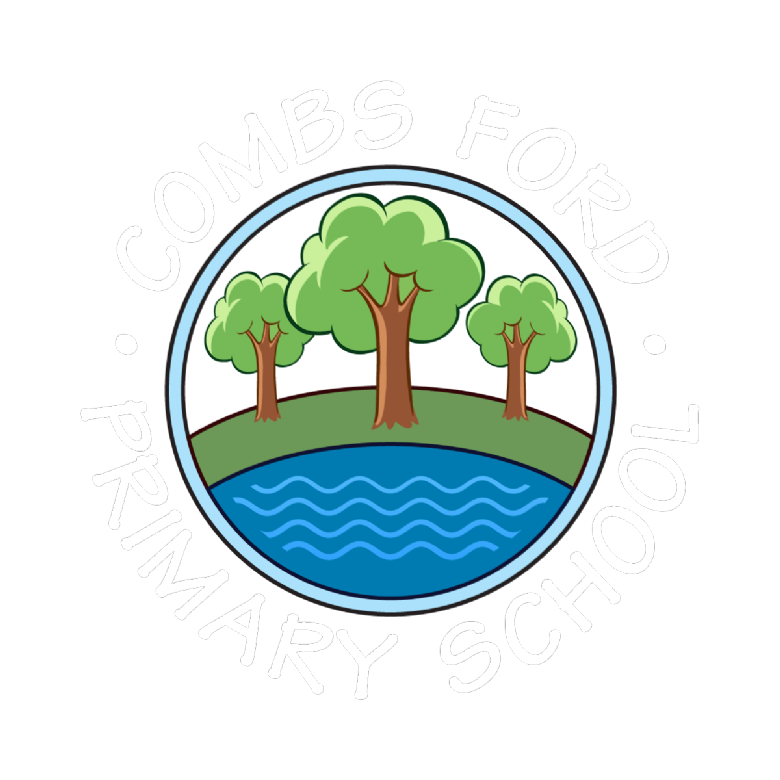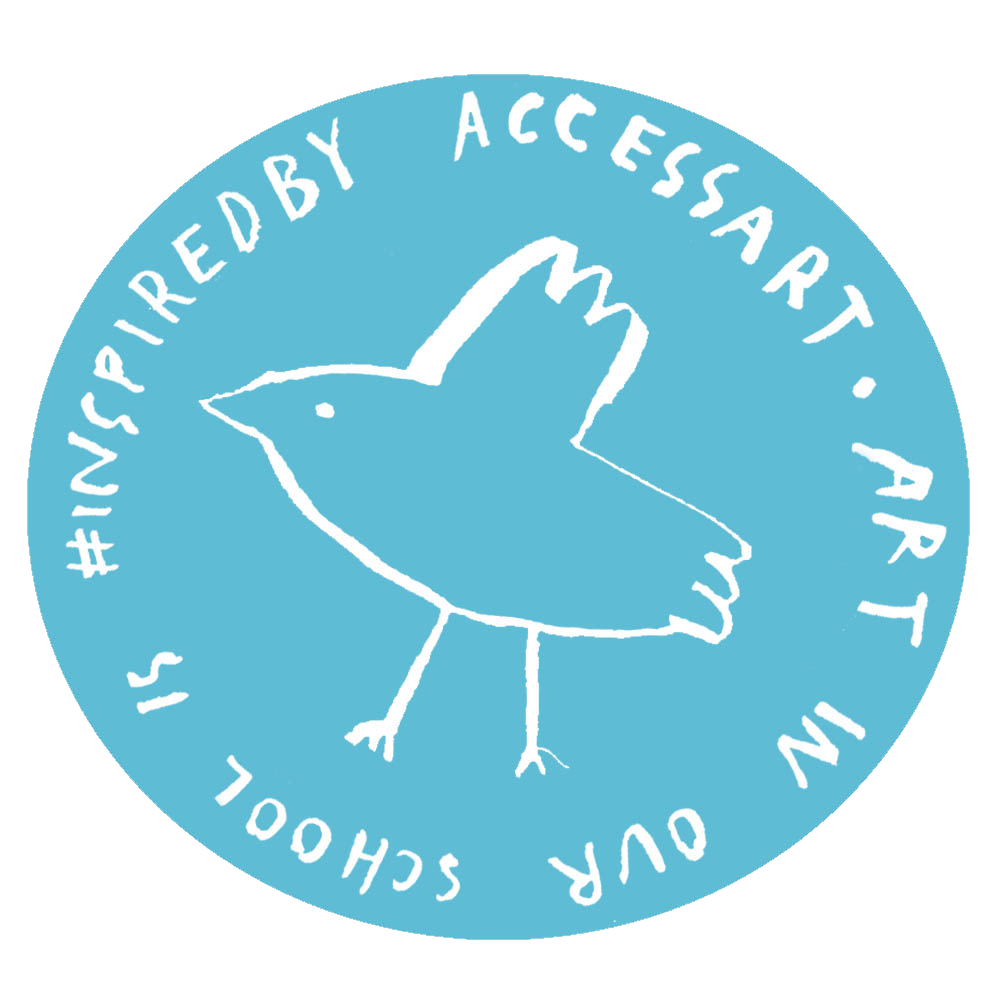Art and Design
"Art, craft and design embody some of the highest forms of human creativity. A high-quality art and design education should engage, inspire and challenge pupils, equipping them with the knowledge and skills to experiment, invent and create their own works of art, craft and design. As pupils progress, they should be able to think critically and develop a more rigorous understanding of art and design. They should also know how art and design both reflect and shape our history, and contribute to the culture, creativity and wealth of our nation."
Art and Design: Purpose of Study from the 2014 National Curriculum.

What are we trying to achieve?
Our Art and Design curriculum enables our children to:
- Produce creative work, exploring their ideas and recording their experiences;
- Become proficient in drawing, painting, sculpture and other art, craft and design techniques;
- Evaluate and analyse creative works using the language of art, craft and design;
- Know about great artists, craft makers and designers, and understand the historical and cultural development of their art forms.
Art and Design Themes
- Drawing and Sketchbooks
- Working in Three Dimensions
- Paint, Surface and Texture
Our Art and Design Curriculum Progression of Knowledge and Skills shows how our children develop their knowledge and skills in Art and Design during their time with us.
How do we organise learning?
To support the implementation of our Art and Design curriculum, we are guided by AccessArt. AccessArt supports our teachers to develop their Art and Design expertise and plan and deliver engaging lessons. This ensures that our children progress by knowing more, remembering more and being able to do more. You can find out more about how we structure our Art and Design teaching in our Art and Design expectations.
Our Art and Design Curriculum Overview shows the units of work our children will experience during their time with us.
Art and Design is taught for 1 lesson every week, in alternating half-terms – you can see how this works in our timetables.

How well are we achieving our aims?
Art differs from other subjects as it is such a subjective area of the curriculum. We ensure our Art curriculum is based on exploration and discovery, allowing children to use a wide variety of resources. Each year we return to skills taught in the previous year, allowing them to build and develop. Children need lots of positive encouragement to ensure their creativity grows throughout the school.
When considering assessment of art, ‘AccessArt’ believe it needs to be approached, “Gently. I’m sure we all know someone who was told they couldn’t draw, and so they never picked up a pencil again. The creative ego is a fragile beast. When we place ourselves in some kind of position of authority over another person’s self-expression, we should always tread very carefully.” Paula Briggs AccessArt.
We build in regular ‘check-in’ opportunities to allow children to discuss their work. This might be while they are working, at the end of lessons or at the end of a unit of work. They might carry out these assessments in small groups, child to child, child to teacher or as a class. We often set up an ‘Art Gallery’ to share work. We encourage children to reflect on areas of success or how they might change or improve their work, sometimes with questions they are given or sometimes with questions the children have created. Adults never write in a child’s sketchbook – these are their personal journeys of creativity through their time at school.
We use tracking grids that are created from the ‘success criteria’ on our medium-term plans and we assess the children’s work to be: beginning to show a skill; can show a skill; can confidently show a skill. It is not necessary to assess children’s work during every lesson, “…progression in art is rarely linear. Progress and understanding can and will occur in leaps and bounds, sprinkled by periods of plateau.” Paula Briggs AccessArt.
Our ‘Padlet’ (above) shows the visual journey of each year group throughout the school. It shows how skills are built on each year and celebrates all stages of work, not just the final outcome.
Subject Leader: Mrs Becky Knowland

